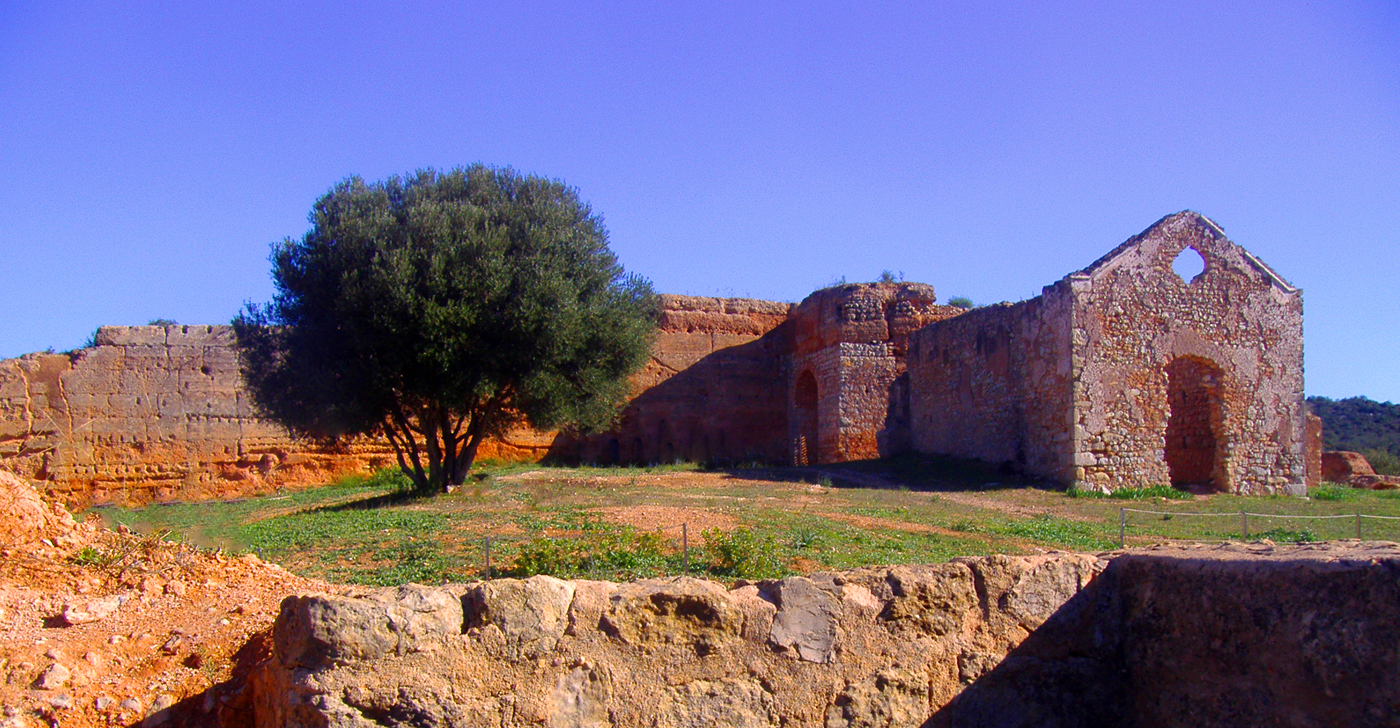Perfectly adapted to the underlying topography, the ramparts are organized in a trapezoidal floor plant. Along them, it is possible to observe a protruding watchtower and an easily defendable L-shaped entrance, two defining characteristics of medieval Islamic military architecture. Despite its small size and unorthodox construction – a response to the absence of suitable stone materials – the Castle proved to be a formidable stronghold.
Time and again Christian troops tried to conquer the perimeter without any measure of success. Finally, the Castle was first conquered in 1189 by King Sancho I of Portugal, only to be lost once more to the Moors in 1191. The warring Portuguese were initially aided by English crusaders. The Portuguese Crown would, however, definitely reclaim the prize in 1248 after an attack led by D. Peres Correia, a Portuguese nobleman that swiftly massacred the Muslim garrison and the civilian residents. Following the customary modus operandi, the conquerors then ordered the construction of a small religious building within the defensive premises. That small sanctuary was later replaced by the Chapel of Nossa Senhora do Castelo in the 14th century, the ruins of which can be seen from the exterior, parallel to the south wall.
Some historians believe that this is one of the original castles depicted in the shield of the Coat of Arms of Portugal. For some largely unexplained reason, the subjugation of this small Castle was considered a valuable achievement, even when compared with other (much larger) conquests during the Portuguese Reconquest. However, after expelling the Moors and securing the land, Portugal moved on to the Age of Discovery only a couple of centuries later. Military activity moved to the coast, and the Portuguese Navy – the oldest continuously serving navy in the world – started to use recently conquered Algarvian cities like Tavira and Lagos as naval bases against Berber corsairs. Meanwhile, Sagres and Cape St. Vincent, in western Algarve, would become the places where European naval expansion was soon to be launched by Prince Henry the Navigator. The small Castle gradually lost its strategic importance and was completely abandoned as a military settlement soon after.
The peasant population was later relocated into the contemporary village of Paderne in the beginning of the 16th century; a few hundred of years later, the Great 1755 Lisbon Earthquake would also be responsible for the partial collapse of its reddish walls. Today, the interior perimeter of the Castle is closed to visitors. However, its dominant situation still affords pleasant views over the surrounding landscape (well, if you ignore the A22 viaduct to the north…). See also Paderne Castle Trail.
